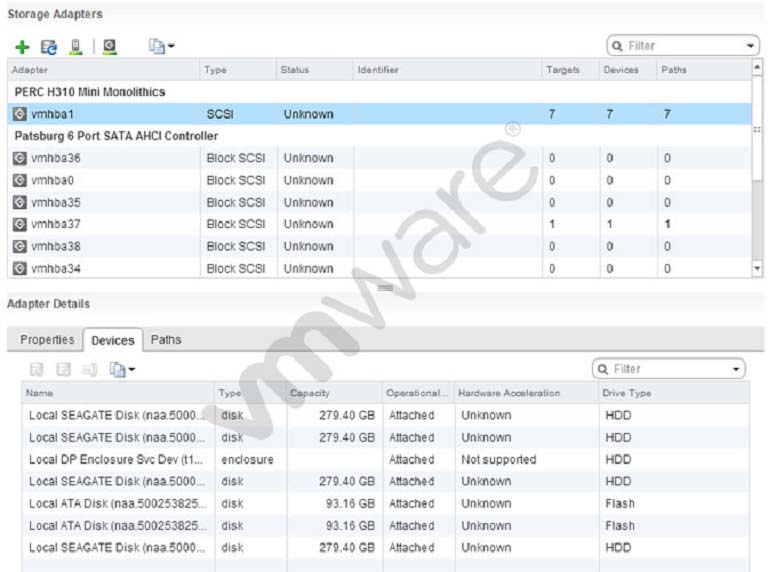

Refer to the Exhibit.
Refer to the Exhibit. The list of devices attached to vmhba1 will be the basis for configuring a VMware Virtual SAN using Manual Mode.
Based on the exhibit, which two combinations of devices should be used to create Disk Group(s)? (Choose two.)
zsootthey
4 years agoDuncanK53
4 years, 3 months ago